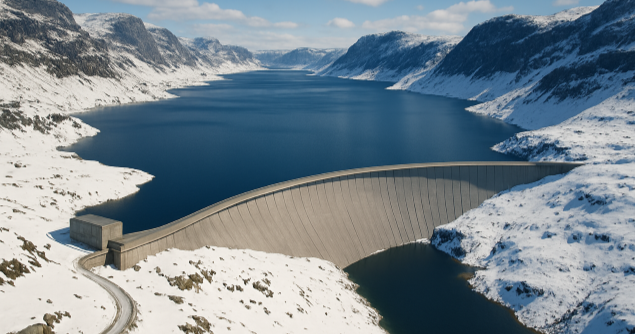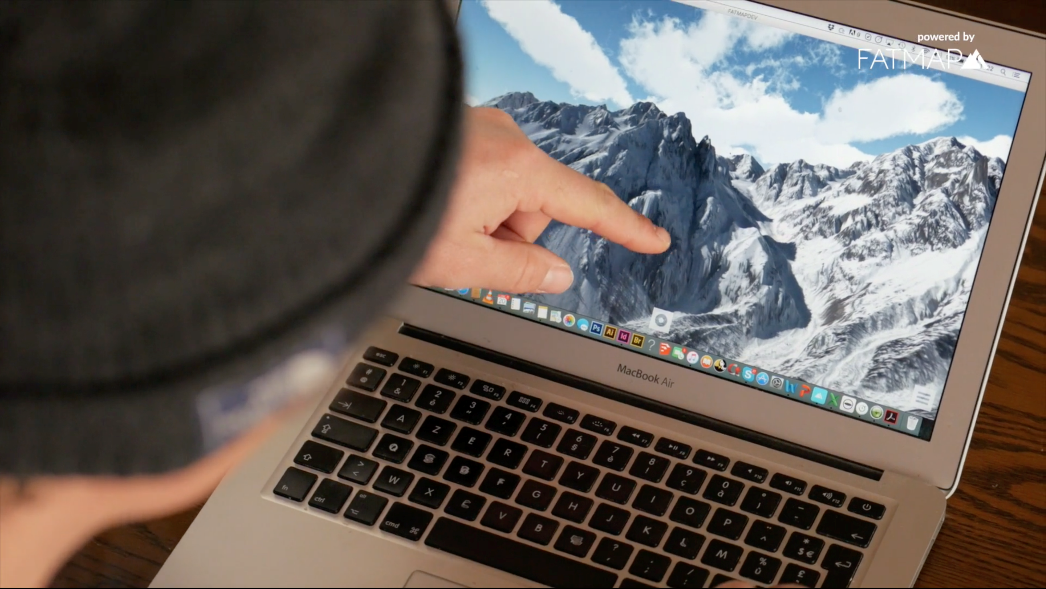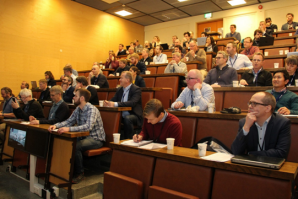Satellite Data Underpins New Flood Risk Tool
 Climate change is leading to an unprecedented increase in extreme rainfall events and flooding. Between 2014 and 2023, flood losses across the Nordic regions have increased by 22% and 54% of these losses have been caused by extreme rainfall, causing a challenging situation for insurance companies and policyholders. Norwegian company Mitigrate have developed a service under ESA’s Business Applications and Space Solutions (BASS) Programme, which not only assesses flood risk but uses satellite data to enhance climate adaptation and reduce damage to properties through sustainable drainage systems (SuDS) and Property Flood Resilience (PFR) measures.
Climate change is leading to an unprecedented increase in extreme rainfall events and flooding. Between 2014 and 2023, flood losses across the Nordic regions have increased by 22% and 54% of these losses have been caused by extreme rainfall, causing a challenging situation for insurance companies and policyholders. Norwegian company Mitigrate have developed a service under ESA’s Business Applications and Space Solutions (BASS) Programme, which not only assesses flood risk but uses satellite data to enhance climate adaptation and reduce damage to properties through sustainable drainage systems (SuDS) and Property Flood Resilience (PFR) measures.
Many insurers assess flood risk and then increase premiums; Mitigrate aims to reduce the risk and make buildings and communities become more resilient over time. This holistic approach goes beyond risk assessment to recommending PFRs and SuDS for individual properties to mitigate flood damage in a cost-effective way. Encouraging the adoption of SuDS also demonstrates the insurance sector’s commitment to environmental responsibility and contributes to a greener future as the service is aligned to the EU Taxonomy and Sustainable Activities Goals. The additional environmental benefits of using SuDS, such as increasing biodiversity or improving air quality, are also highlighted in the system’s reports.
The Mitigrate service is primarily aimed at the general insurer market, covering underwriters, claim handlers, risk management teams, re-insurance purchasing professionals, and sustainability teams. The company has worked with 20 different insurers to understand their specific needs and requirements, and this has informed the development of the Mitigrate platform. The system can now analyse individual addresses and determine the risk level for each building, customising recommendations to meet the unique needs of each property. This eliminates the need for costly on-site visits to discuss flood risk reduction and significantly lowers annual losses from floods for insurers. Mitigrate’s solution reduces the flood risk for customers and boosts customer satisfaction and retention, creating a sustainable business model by fostering resilient communities.
“Access to space technology and support through the BASS programme has been instrumental in accelerating our product innovation,” said Laurent Feuilleaubois, CEO of Mitigrate. “By integrating satellite data and advanced analytics, we’ve created a scalable service that not only enables insurers to manage flood risk more effectively, but also opens the door to new markets and customer segments. ESA’s backing gave us the confidence—and the tools—to move faster, build smarter, and deliver real value to the insurance industry.”

The Mitigrate service leverages satellite imagery and digital twins to assess the most appropriate SuDS and PFRs for an individual property, based on the size and suitability of the site and the amount of surface water the building needs to be able to cope with. The service utilises high-, and low-resolution spatial data, which is combined with machine learning, to minimise data costs without reducing the quality of the applicability maps generated. A range of sustainable drainage systems and property flood resilience measures are recommended to prevent future damage and rebuilding costs, including garden ponds to store rainwater, green roofs, bio-retention areas, rain gardens, pervious pavements and wet flood-proofing.
"Mitigrate offers a unique service supporting both insurers and policyholders by helping to reduce the risk of damage from flooding and improve insurability of properties” said Christopher Frost-Tesfaye, Project Manager at ESA. “We are proud to support Mitigrate and their innovative response to the challenges of flood risk."
Mitigrate worked with two insurers during the activity, testing the platform and expanding their service to the ten largest cities in Norway. This has resulted in a three-year commercial contract with Norwegian insurer Gjensidige, and discussions are underway with other companies in the Nordics, the UK and Germany. Mitigrate already covers 35 million properties in Norway and the UK and the platform is ready to scale across the Nordic regions and beyond.






 On 15th February 2017, a Maritime Communication Seminar was held in Trondheim. It was a cooperative initiative between AP Norway, NFAS (Norwegian Forum for Autonomous Ships) and Geminisenter Maritime Communication.
On 15th February 2017, a Maritime Communication Seminar was held in Trondheim. It was a cooperative initiative between AP Norway, NFAS (Norwegian Forum for Autonomous Ships) and Geminisenter Maritime Communication.